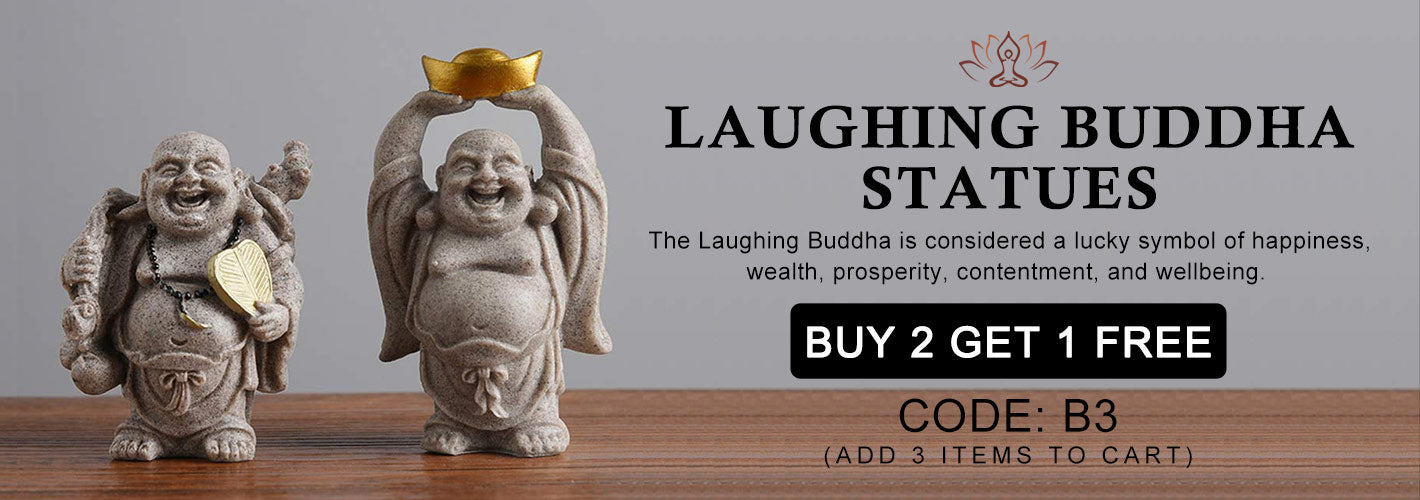
Laughing Buddha Statue from Buddha Stones brings pure bliss and prosperity into your life. Each statue is meticulously crafted, emanating joy, mirth, and contentment. Made from high-quality materials, these statues capture the essence of the Laughing Buddha, symbolizing good luck and fortune. Ideal for those seeking harmony and abundance, these statues fill any space with an undeniable sense of serenity.
10 products
10 products



















